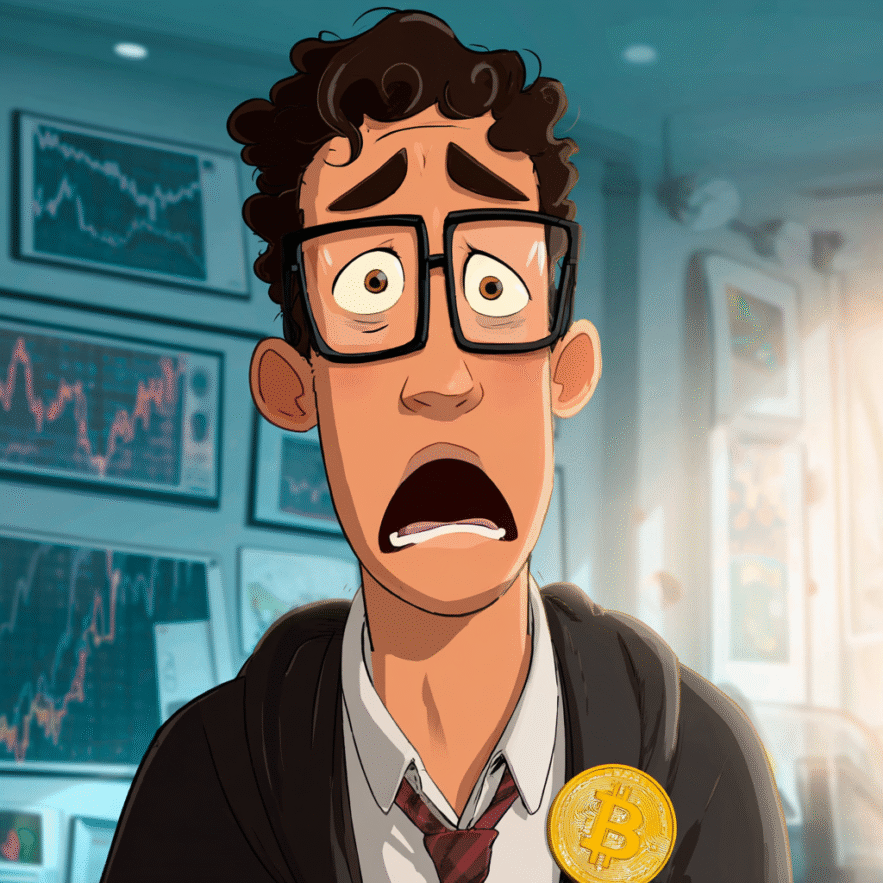Crypto was supposed to be about freedom, decentralization, and unstoppable code. But lately, it feels more like a live-action game of Whac-A-Mole, with investors blindly swinging at every new project, only to realize the game was rigged from the start.
In the middle of this chaos, one pattern has emerged with surprising consistency. It is not price action, on-chain metrics, or influencer endorsements. It is FUD: fear, uncertainty, and doubt. These emotional tremors have become the most dependable signals in a market that otherwise feels like a roulette wheel strapped to a rocket engine.
Whenever a project starts triggering waves of FUD, things get interesting. Not necessarily because the project is doomed, although that is often the case, but because FUD marks the moment when belief starts to crack. It reveals where the hype ends and reality begins. In crypto, where speculation outweighs substance, that emotional inflection point carries more weight than any line on a chart.
In a healthy market, doubt sparks research and thoughtful decision-making. In crypto, doubt sparks panic, sarcastic memes, and often, a stampede in or out of a token. It’s a self-reinforcing loop that repeats again and again, with only the names and logos changing.
What’s funny is that FUD used to be dismissed. “Ignore the FUD,” people said, as if skepticism was a disease you could fight with optimism and another round of Discord hype. But ignoring the FUD never protected your bags. It didn’t stop the rug pulls. It didn’t make the devs come back.
Now, FUD is no longer a nuisance. It has become a signal. And not just any signal, but the one that still seems to have integrity in a market where everything else feels corrupted or hollow.
This goes deeper than bearish price action. FUD is emotional data. It tells you when a community’s belief system is faltering. When whispers of doubt start creeping in, when the once-committed voices begin to hedge or joke about losing faith, that is when you know something meaningful is unfolding.
It doesn’t mean you should sell. It doesn’t mean you should buy. It simply means this moment matters.
Which brings us to FUD Coin. Yes, it’s a parody. Yes, it’s a joke. But like any good satire, it holds up a mirror. It captures the emotional absurdity of this space, where coins launch without purpose and somehow end up with billion-dollar valuations. FUD Coin doesn’t try to fix the madness. It embraces it with a smirk and invites you to sit with the discomfort. In that sense, it makes more sense than most projects out there .
The truth is, the market is broken. People feel it. The old signals—momentum trades, bullish sentiment, influencer hype—have lost their credibility. What remains is the raw emotion that everyone tries to suppress. That pit in your stomach. The hesitation no one wants to admit. The moment you realize you’re not sure what any of this is built on anymore.
That’s when you know FUD is present. And that’s when you should start paying attention.
So don’t brush off the FUD. Listen to it. Track it. Let it guide you to the signal buried under the noise. Because in a world that rewards loud confidence but runs on quiet doubt, fear may be the most honest data point we have.
It turns out, in crypto’s funhouse of illusions, FUD might be the only thing that still tells the truth.
FUD Coin, oddly enough, seems to have understood this before anyone else. Not by solving anything, but by holding space for what’s actually happening: the confusion, the coping, the quiet unraveling of conviction. Whether you see it as satire, commentary, or collective therapy, it’s found an audience. The project is running an airdrop, accessible through thefudcoin.com, and people are signing up. Maybe not because they expect gains, but because they recognize the joke. Or worse, they feel like they’re living it.



